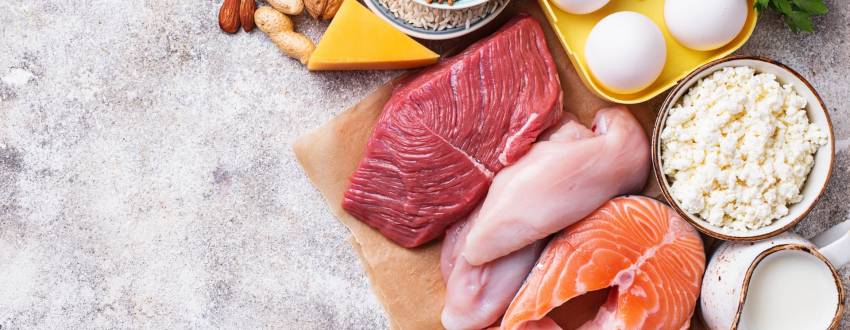Shailoh of the Week by Rabbi Zvi Nussbaum
Rabbinic Coordinator, Kosher Hotline Administrator for the Orthodox Union
An “OU” symbol indicates:
– The product is Kosher (but not necessarily Kosher for Passover).
– The product contains neither dairy nor meat; including dairy or meat derivatives. In Kosher Lexicon, a product containing neither dairy nor meat is called “pareve” or “parve.”
– The product was not made on dairy equipment.
– The product was not made on equipment used for making meat products.
– Equipment or utensils (pots, dishes, and cutlery) that have not been used for dairy or meat are considered to be pareve.
– Pareve foods may be eaten with milk or meat.
– Pareve foods may be recooked or reheated using any meat or dairy equipment.

A Kosher Dairy Certified “OU-D” symbol indicates:
– The product is dairy or has been on dairy equipment.
– The product contains a dairy ingredient or a dairy derivative.
– A product that does not contain any dairy ingredients was made on equipment which was also used for making dairy products.
– OU Dairy Kosher certified products may or may not be Chalav Yisrael.
– OU-DE Product was made on dairy equipment.
– Kosher laws do not permit dairy food to be eaten or cooked with meat or with foods made with meat ingredients.
– Kosher laws dictate that if one has just eaten meat, one must wait a prescribed time before being allowed to eat a product marked OU-D.
– An OU-D product may not be reheated on or with any equipment or utensil (pots, pans, dishes, cutlery) that was used for meat.
– An OU-D product should not be heated on or used with any equipment or utensil that was used for meat. Doing so might make both the product and the utensil, not Kosher.
A Kosher Meat Certified “OU-Meat” symbol or an “OU-Glatt” symbol indicates:
– The product is Kosher meat or was made on equipment used for making meat products.
– The product is made with meat ingredients or a derivative of meat (but not necessarily Kosher for Passover)
– Kosher laws do not permit food with meat ingredients to be eaten with or cooked with dairy or with foods made with dairy ingredients.
– Kosher laws dictate that if one has just eaten dairy, one does not have to wait a prescribed time before being allowed to eat a product marked OU-M or OU-Glatt. Though it is suggested to either rinse the mouth or wait half an hour between the dairy food and meat.
– An OU-M or an OU-Glatt product may not be reheated on or used with any equipment or utensil that was used for dairy.
– An OU-M or OU-Glatt product that had been reheated on or with any equipment or utensil that was used for dairy might make both the product and the utensil, not Kosher.
A Kosher Fish Certified ”OU-Fish“ symbol indicates:
– The product has fish ingredients (but not necessarily Kosher for Passover).
– Please note the following: On products where the fish content is recognizable – either because the product is a fish or the product name includes the name of a fish (i.e. Tuna Salad), both “OU,” and “OU-F” may be used.
– Products that are marked with the OU-F kosher logo may be eaten and cooked together with Dairy foods.
– The fish product should NOT be eaten with nor cooked with meat or foods made with meat ingredients.
– It is permitted to eat an OU-F product right before or right after having meat.
– While Kosher law allows cooking an OU-F product on meat equipment, it has become a custom to have a separate pot for cooking or reheating fish
– In either case, Kosher laws prohibit eating fish and meat together.
– In situations where the fish ingredient is not obvious, that the OU-F becomes important.
Regarding instances where the fish ingredient is not obvious:
o The determining factor of whether or not to label a product OU-F is the amount of the fish ingredient or derivative in relation to the other ingredients in the product.
o If the ratio of the quantity of other ingredients in the product to the fish ingredient is less than 60 to 1, the product is labeled OU-F. If the other ingredients are equal to or greater than the Kosher mandated (60 to 1) ratio, Kosher law considers the fish ingredient to have dissipated in the other ingredient and the “F” will not be assigned to the product.
o For example, this explains why some OU certified Worcestershire sauces containing anchovies, are assigned OU-F and other brands are assigned OU. In the latter case, it is because the quantity of the anchovies in the product was so small that it became dissipated.
An “OU-P” symbol indicates:
– The product is Kosher for Passover and pareve.







Reviews